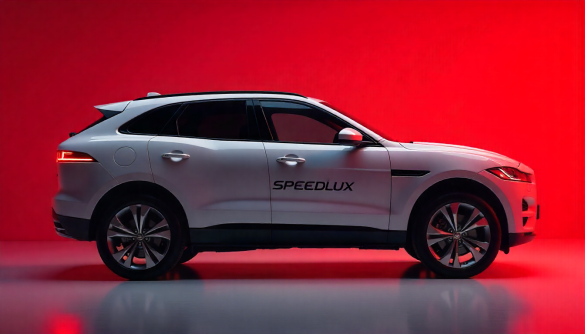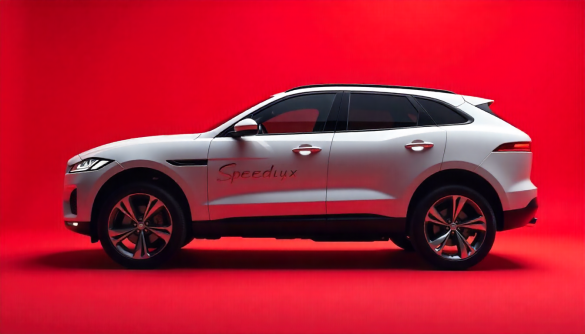Lotus is looking into two studies made by their engineers considering the feasibility of making passenger vehicles by 2017. Lotus’ philosophy of trimming down unnecessary weight of the vehicle will definitely benefit consumers when it comes to fuel mileage and carbon dioxide emission.
Lotus placed their concepts beside a Venza crossover from Japanese carmaker Toyota. Lotus was able to see a reduction of about 35% in the vehicle’s mass less the powertrain. To give you a clearer picture, the standard Venza has more than 400 body parts while the 2020 model foreseen by Lotus will only have 211.
The features of the interiors of the vehicle, exterior dimensions, and important safety components were kept similar to the Venza. Even the seats of the Lotus creation will be 50% lighter. It will have the basic features of navigation electronics, climate control, and others.
The Lotus engineers also considered integration of components so space can be maximize and so the weight can be minimized. A good example will be the aircon-navigation-audio control on touch screen which will also have the parking brake and shifter control.
The suspension components and chassis elements of the 2020 Venza will be downsized and the windscreen will also be replaced with something lighter and subtler. During the assembly of the vehicle, Lotus thinks of using the technology of low heat, low energy welding combined with adhesive bonding. This process is seen in the production of high speed trains.
Lotus believes that the system of assembly they are thinking of may benefit car makers which mass produce vehicles and not only those low volume producers which are familiar with the technology now.
A second Lotus study, a 2017 version of the Venza will have a 21% reduction of mass without the engine in the equation.






